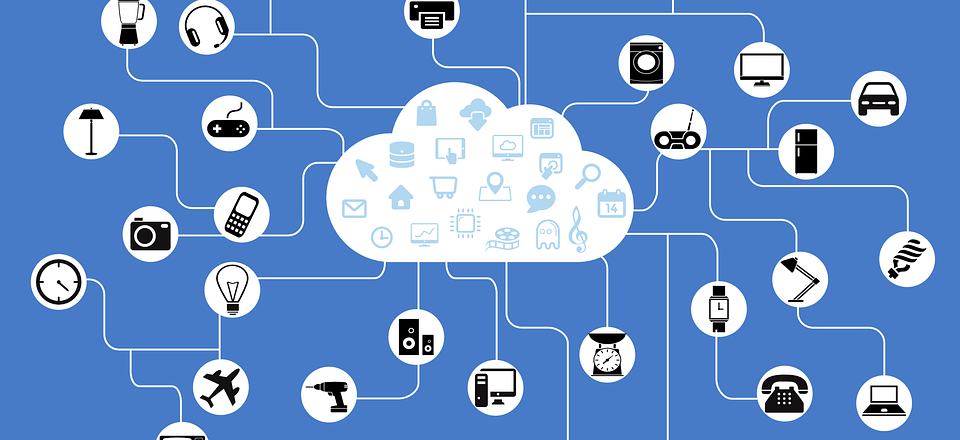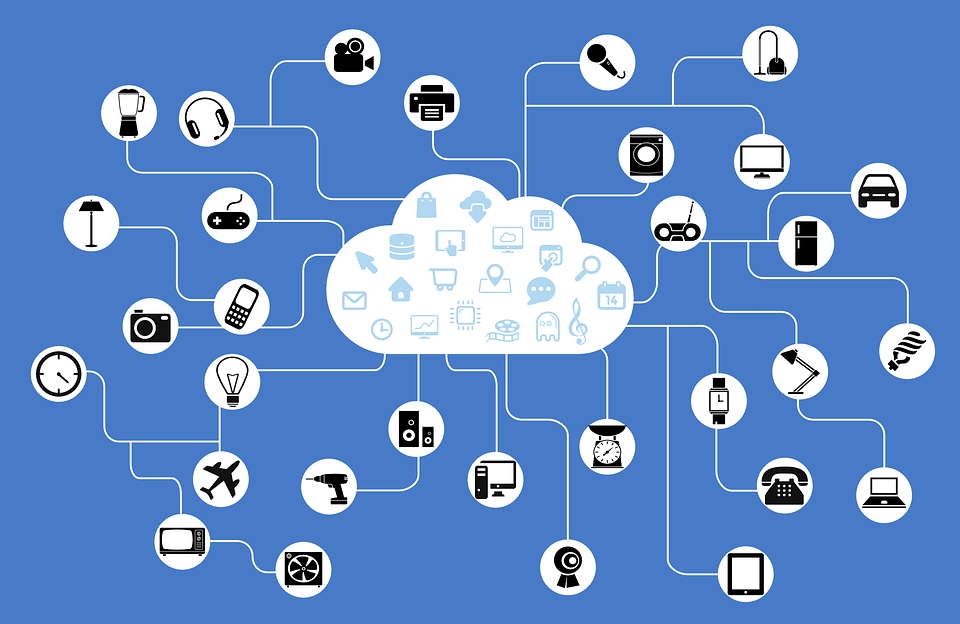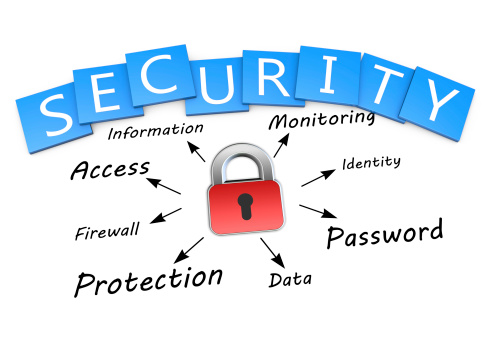
The Internet of Things (IoT) has revolutionized the way we connect and interact with physical devices, but is this new technology as secure as it should be?
Clearly, with around 26 billion associated devices estimated to be in use during 2019, the IoT needs to be secure due to the amount of data being transmitted. However, as the IoT is a relatively recent phenomenon, it’s no surprise that so many headlines are warning against the dangers of this technology. Naturally, this kind of scenario can cause concern for organizations that are looking to get on board with the numerous IoT benefits on offer, but should you really be worried about the security risk?
What is the Internet of Things?
The basic premise of the IoT is a lot simpler than you would imagine: using internet connections, physical devices can communicate with one another while also being remotely controlled and maintained. So, for example, if you want to control the lighting in your office, you could use a remote application to adjust the lighting from, if necessary, from anywhere in the world. And all you need is an active internet connection for the app to connect to the device.
What are the Safety Risks of IoT Devices?
As we’ve mentioned, there are certain dangers attributed to IoT devices that can seriously threaten the security of your devices and any data transmitted by them. Some of the more pressing risks include:
- Default Login Credentials: Many IoT devices are sent out with default login credentials, so this means that the username and password details will be exactly the same for every single one of those devices sold. And it doesn’t take long for hackers to begin sharing details of this vulnerability with their fellow hackers. Accordingly, changing default login credentials to a more unique configuration should be the first thing you do before connecting such a device to your networks.
- Unnecessary Features: Sometimes, IoT devices are packed with a wide range of features that are completely unnecessary for your organization’s needs. The most common example of this is the option of remote access which, for many in-house IoT devices, simply isn’t necessary as all it does is open up a pathway to your network for hackers. Therefore, make sure that only the most relevant features are activated on your IoT devices.
- Patching IoT Devices is Difficult: Due to the wide variety of manufacturers making IoT devices, many of these companies simply don’t have the technical knowledge to release regular and effective patches. And this represents a major security risk due to the constant efforts of hackers to exploit security vulnerabilities. In these instances, the best way to prevent a breach is to monitor these less secure devices for any unusual network activity. This approach should, at least, indicate if there is a potential security breach in progress.
Final Thoughts
Although there are a number of very real security risks associated with integrating IoT devices into your organization’s IT network, these don’t have to convert into a major security breach. Instead, these risks can be significantly reduced by following the advice listed above which will protect your network and keep all your IoT devices interacting with it seamlessly.
For more ways to secure and optimize your business technology, contact your local IT professionals.
Read More








